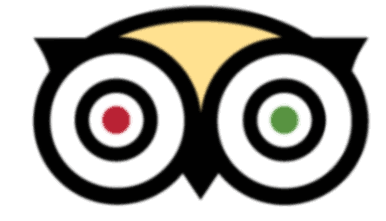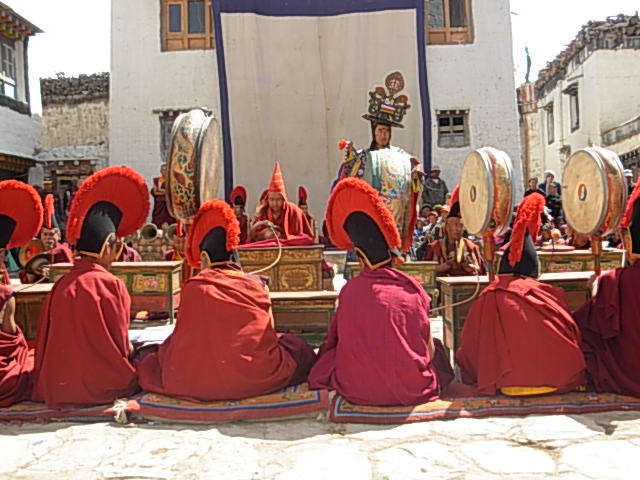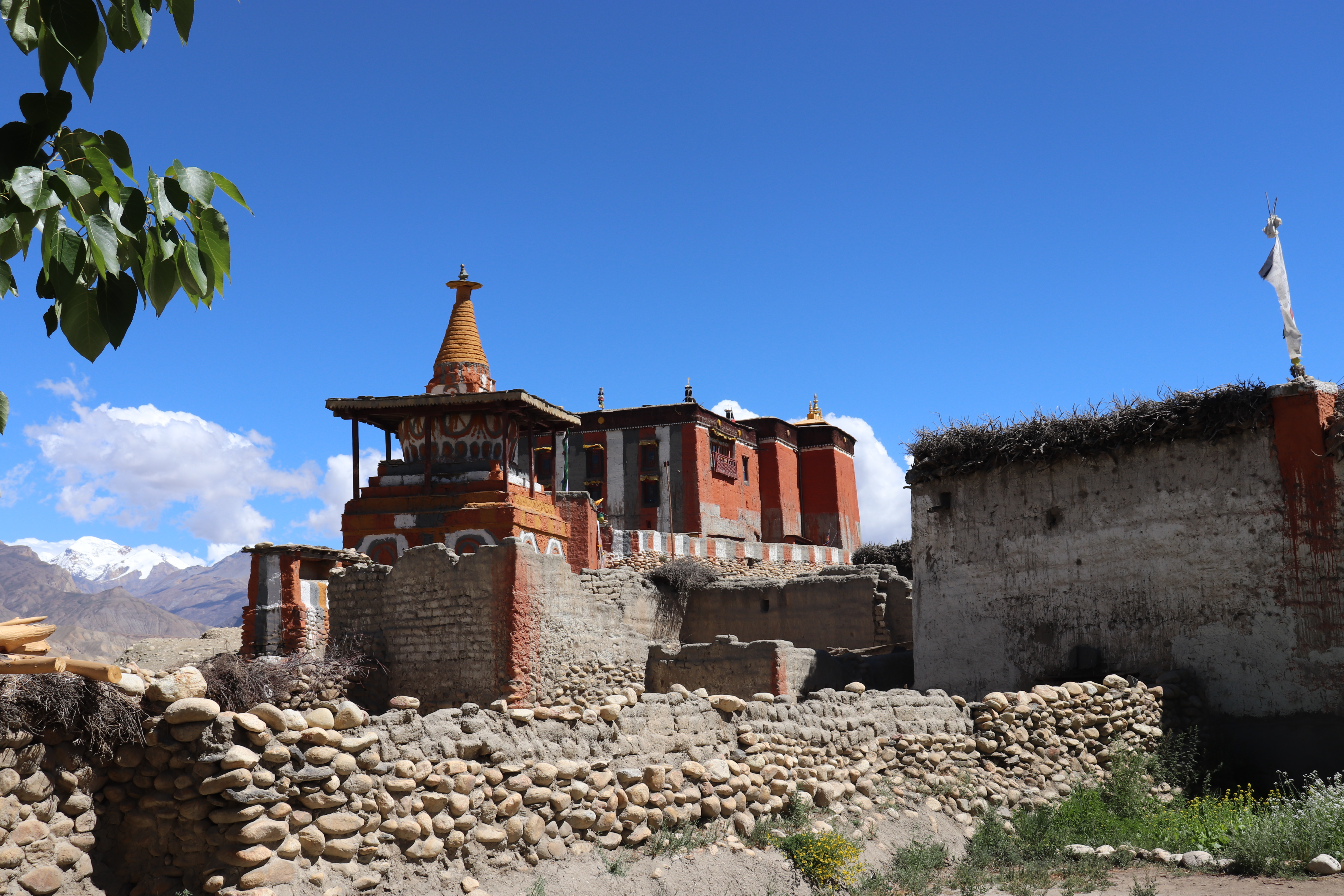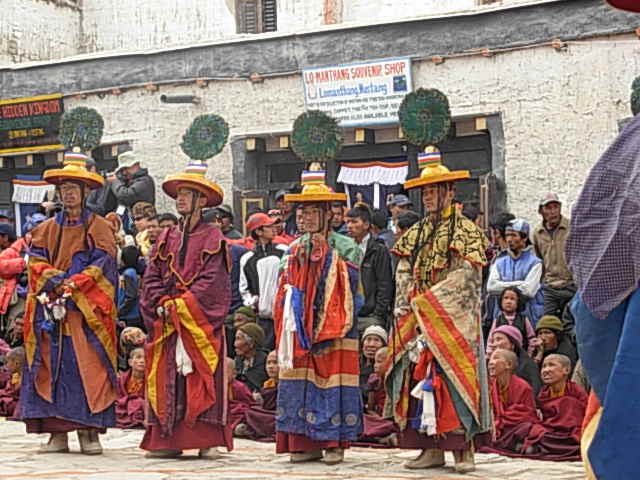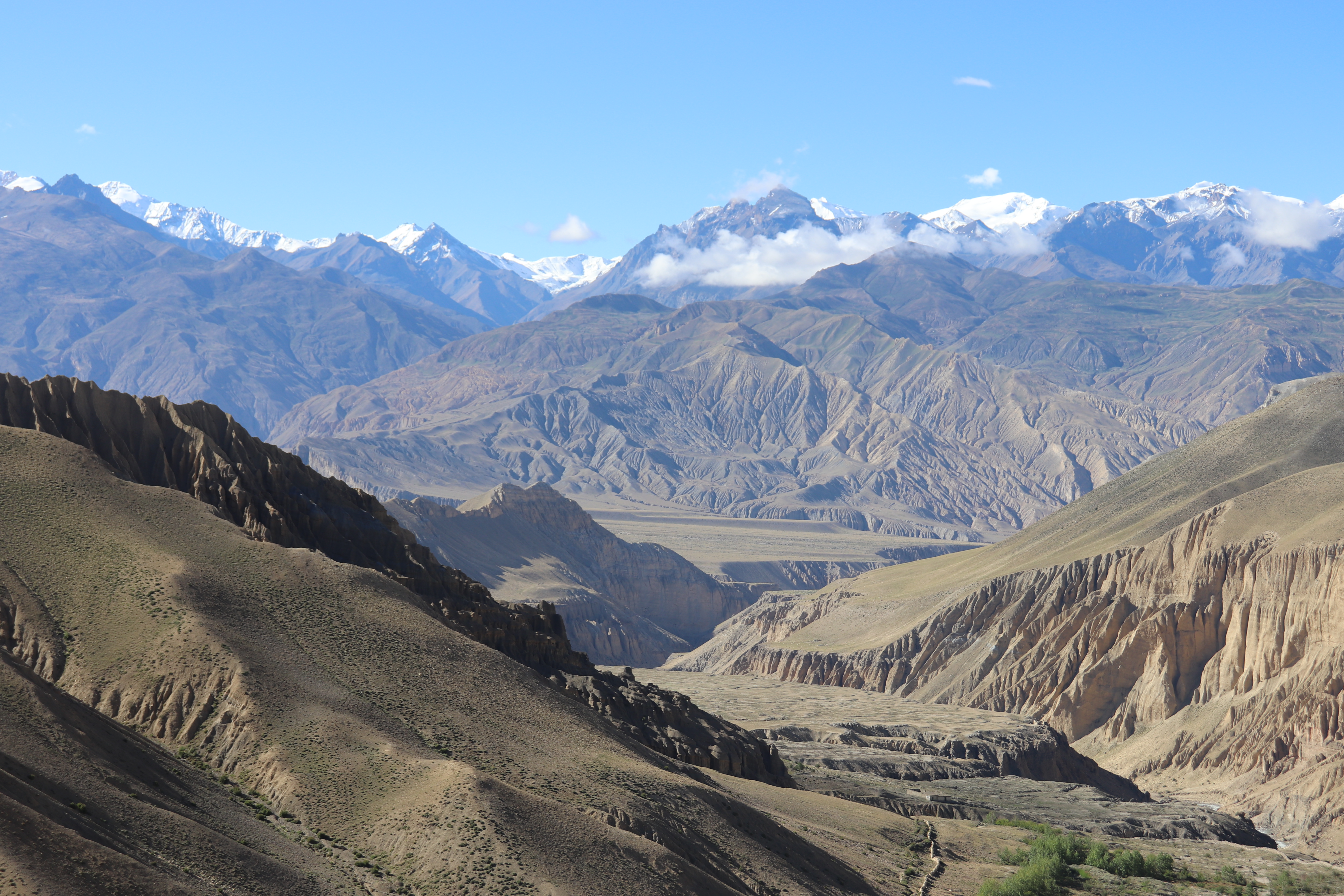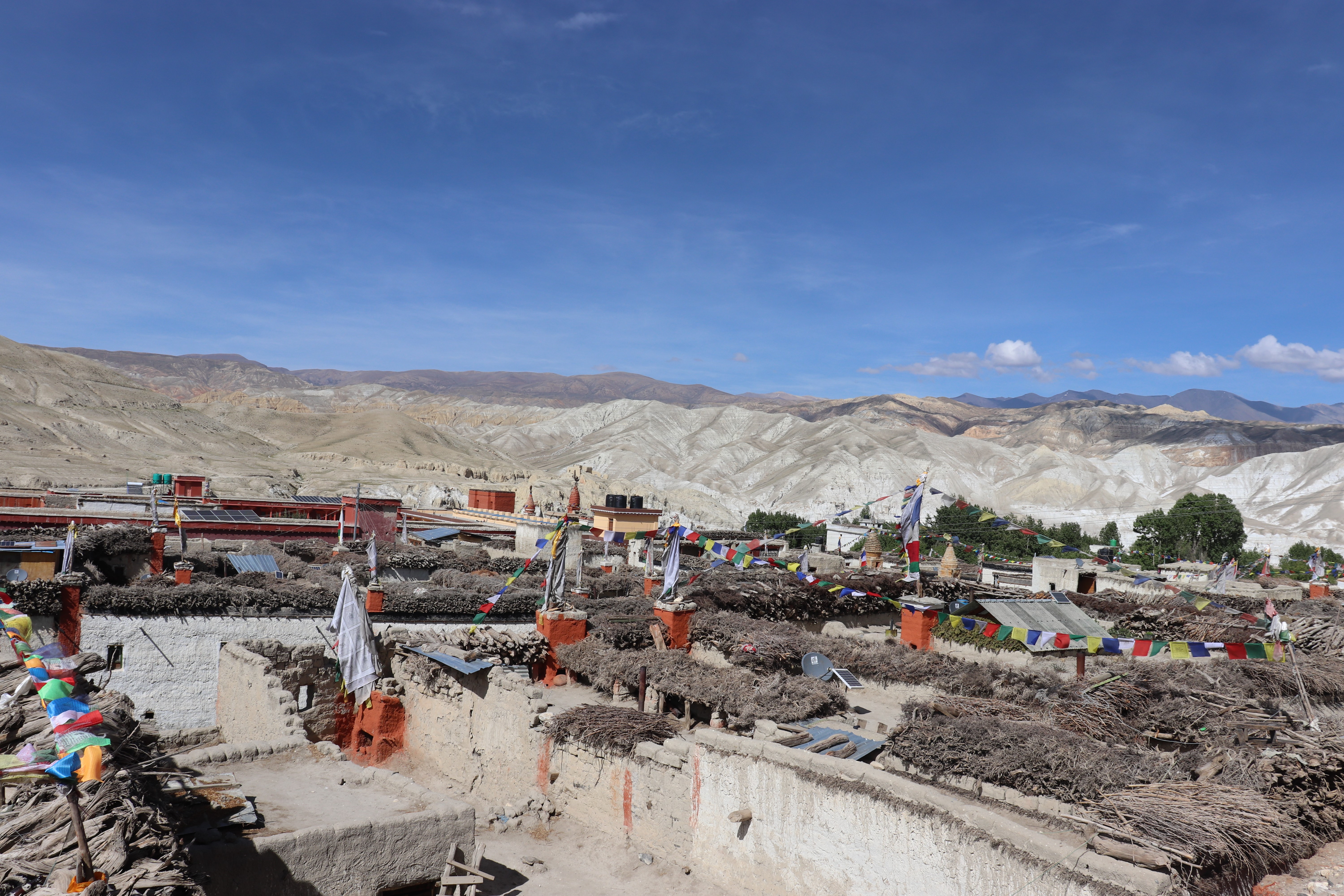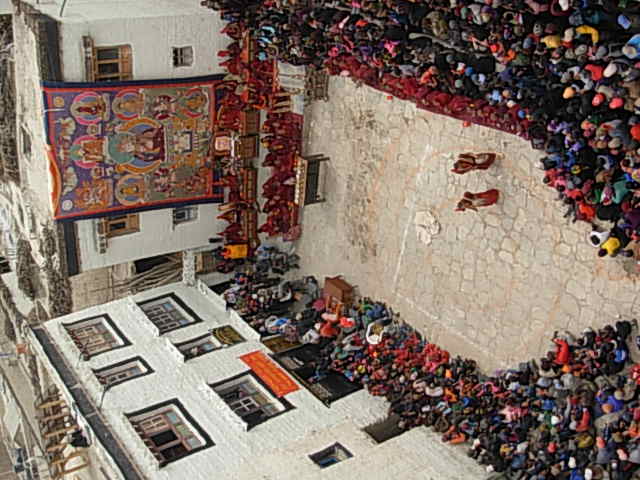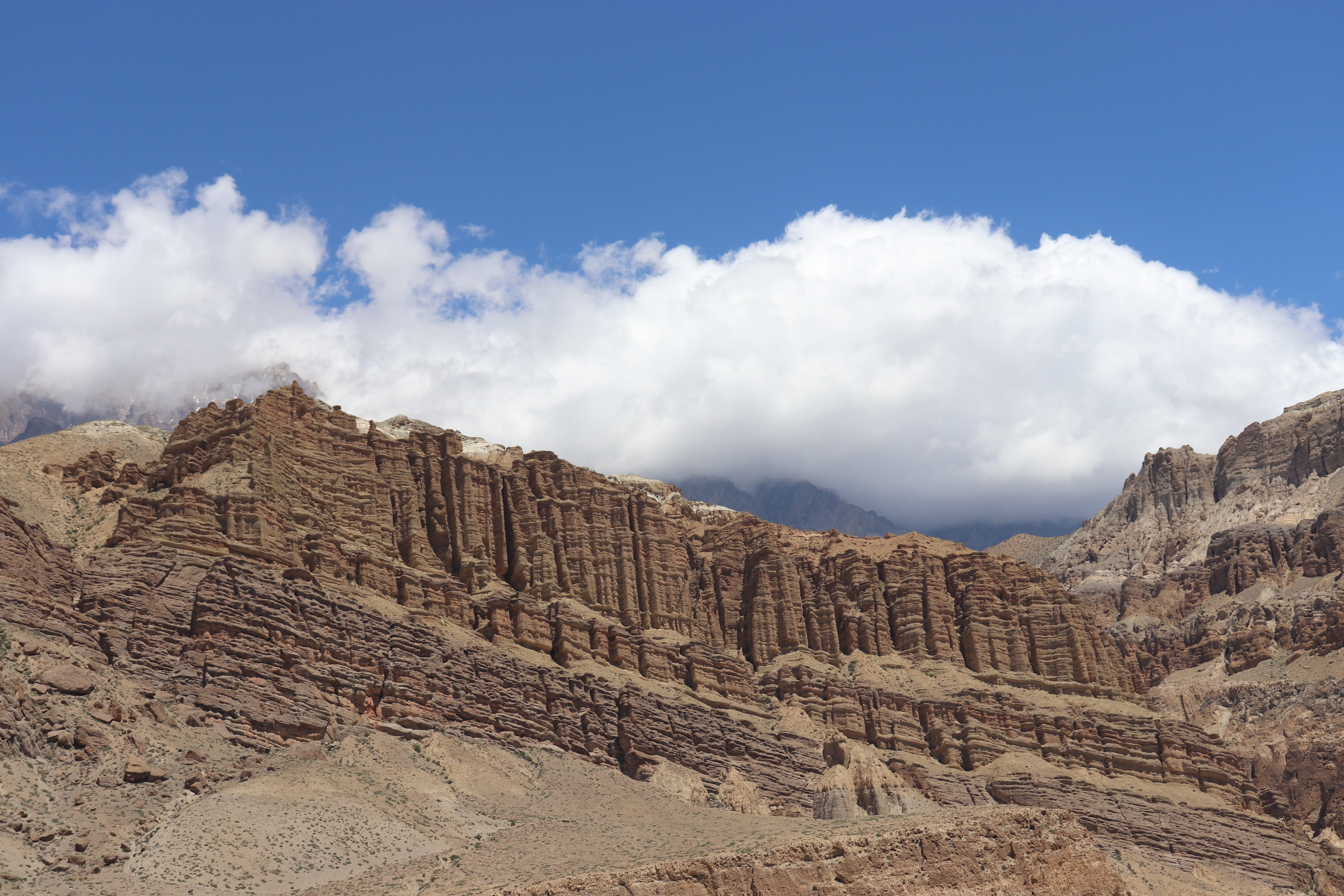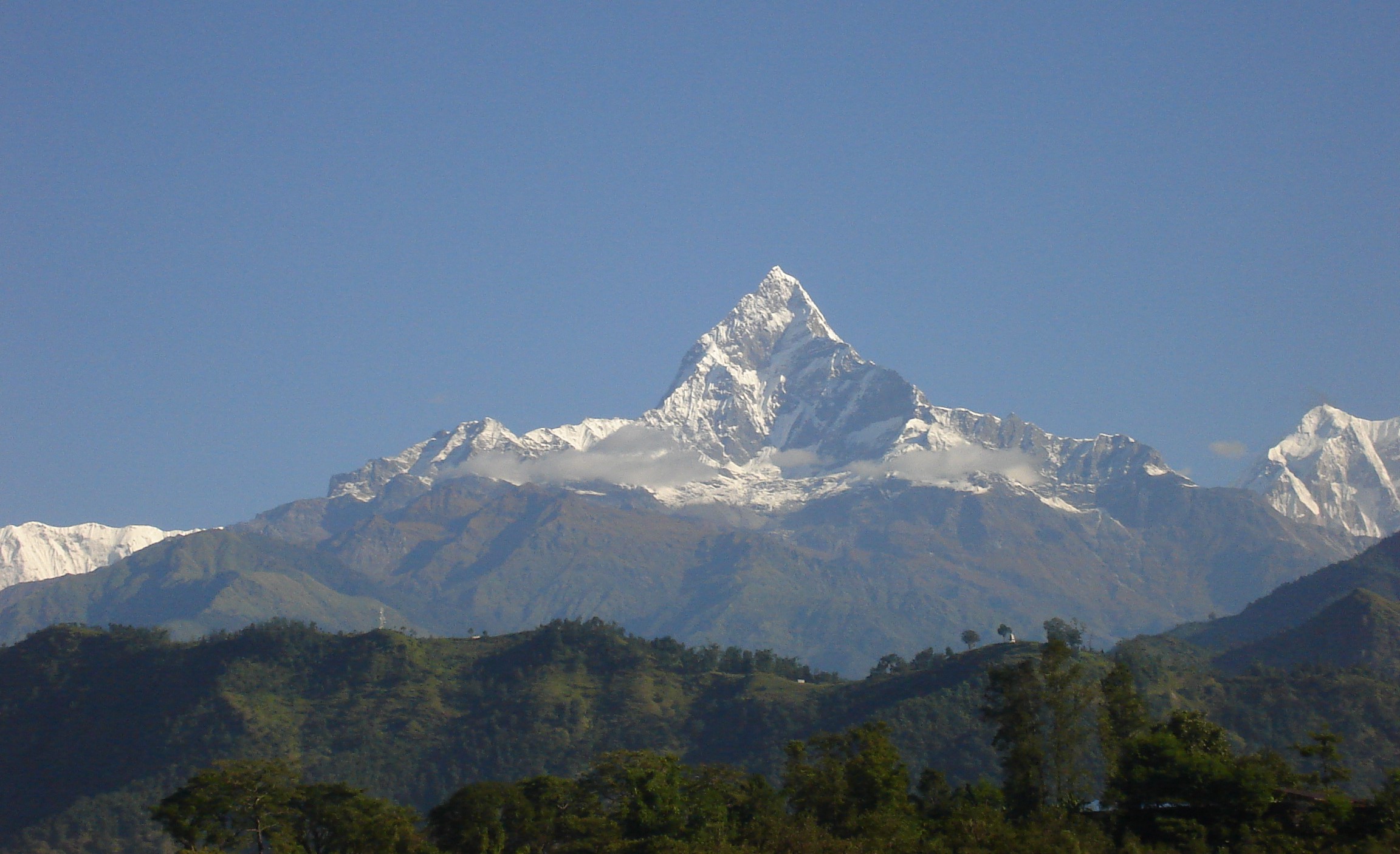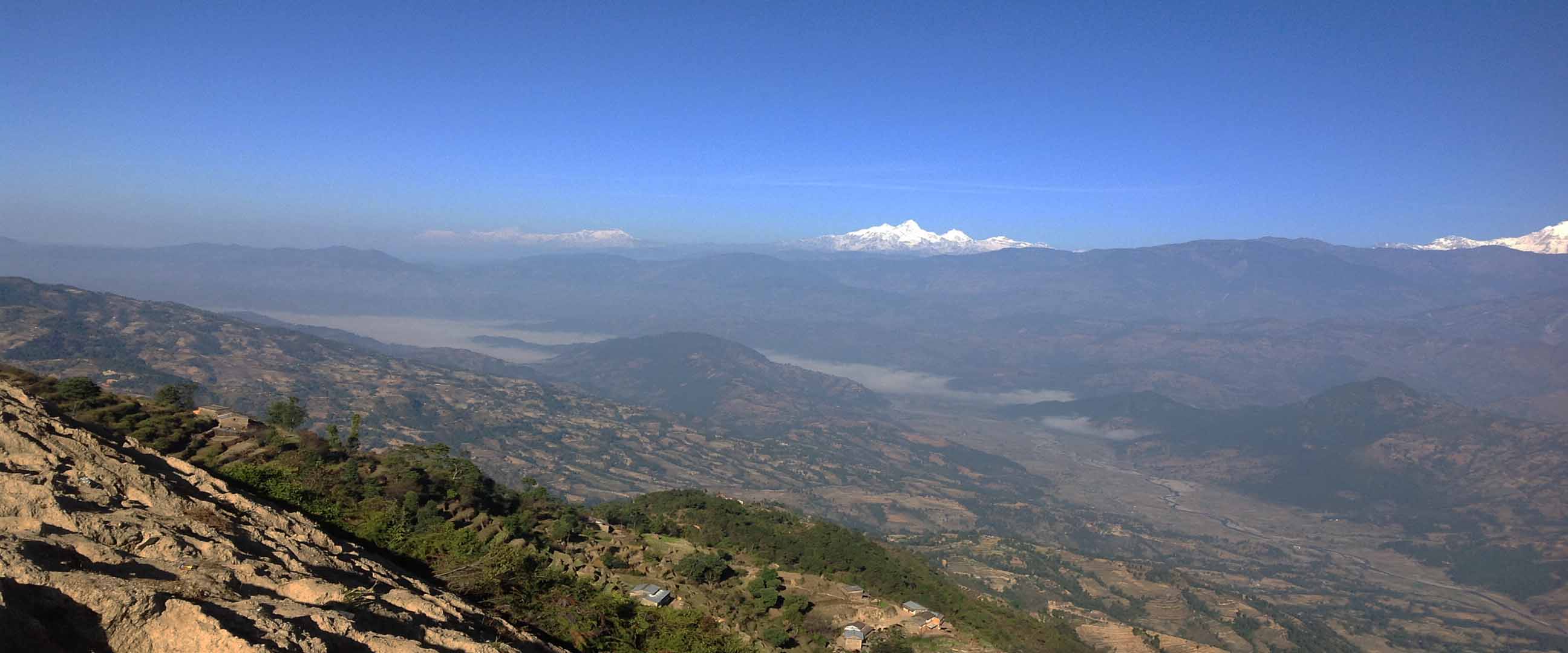- Home
-
Nepal
-
Trekking
- Dhampus trek
- Jomsom Muktinath Trek
- Annapurna Base Camp Trekking (Sanctuary)
- Annapurna Circuit(Round) Trekking
- Mardi Himal Trekking
- Ghorepani Cleaning Trek
- Annapurna Panorama Trek
- Annapurna Culture Trek
- Everest Base Camp Trek
- Everest Panorama Trek
- Khopra Trek
- Mohare Danda Trek
- Ganesh Himal Trekking
- Ganesh Himal Medical Trek
- Langtang Valley Trek
- Langtang Gosainkund Trek
- Ganja La Pass Trekking
- Ruby Valley Pangsang Pass Trek
- Langtang Gosainkund Helambu Trek
- Tamang Heritage Trek
- Panch Pokhari Trek
- Upper Mustang Trek
- Everest High Pass Trek
- Gokyo Valley Trek
- Gokyo Chola Pass Trek
- Salleri to Everest Base Camp Trekking
- Pikey Peak Trek
- Tsum Valley Trek
- Manaslu Circuit Trek
- Lower Dolpo Trek
- Makalu Base Camp Trek
- Ghorepani Poon Hill Trek
- Helambu Trek
- Jyamrung Trek
- Chepang Indigenous Trek
- Dhampus Sarangkot Trek
- Ghandruk Trek
- Surya Chaur Chisapani Trekking
- Yoga Soft Trek
- Indigenous Trek
- Nepal Social Treks
- Yoga Shamanism Trek
- Chisapani Nagarkot Dhulikhel Trek
- Kathmandu Valley Trek
- Khaptad National Park
- Jiri to EBC Trek
- Nomad Community Trek
- Annapurna Luxury Trek
- Tilman Pass Trek
- Helambu – Ama Yangri Trek
- Peak Climbing
- Chulu West Peak Climbing
- Chulu Far East Climbing
- Island peak via Gokyo-Chola-EBC
- Island Peak Direct Route
- Lobuche Peak Climbing
- Mera and Island Peak via Apulapcha Pass and EBC
- Mera Peak Direct Route
- Mera Peak Climbing
- Naya Kangi Peak Climbing
- Paldor Peak Climbing
- Pisang Peak Climbing
- Tent Peak Climbing
- Yala Peak Climbing
- Pachermo Peak via Tsho Rolpa Lake
- Lobuche Peak via Gokyo Chola Pass EBC
- Rafting and Kayaking
- Wildlife Safari
- Adventurous Trip
- Mountain Biking
- Hiking
- Tours
- Day Tours
- Expedition
- Ganesh Himal-I Expedition
- Ganesh Himal -IV Expedition
- Makalu Expedition
- Annapurna Expedition
- Ganesh Himal -V Expedition
- Dhaulagiri Expedition
- Ama Dablam Expedition
- Cho Oyu Expedition
- Everest Expedition from Tibet Side
- Everest Expedition
- Kanchenjunga Expedition
- Lhotse Expedition
- Manaslu Expedition
- Pumori Expedition
- Annapurna I Climbing
- Ganesh Himal Climbing
- Himlung Himal Climbing
- Tibet
- Tours
-
Bhutan
-
Tours
- Trekking & Hiking
- India
-
Tours
- Trekking and Hiking
- Multi Country
-
Nepal Tibet Bhutan Trekking
- Nepal Bhutan Tour
- Nepal Bhutan Trek
Tiji Festival Jeep Tour
Key Points
- Destination: Nepal
- Max Altitude: 4300 m
- Duration: 17 Days
- Activity: Trekking
- Fitness Level: Moderate
- Group -Size: 2-15 pax
Trip Overview
The Upper Mustang Tour is a popular trip to the Forbidden Kingdom within the deserted mountains. This tour is a precise alternative to the Upper Mustang Trek, beyond the Himalayas and beside the Tibetan Plateau. It is a serene and adventurous journey for travel enthusiasts who are seeking to discover the trans-Himalayan region within a short period of time. Once isolated from the outside world, Upper Mustang has been open to every outsider since 1992, and it is an amusing trekking region with fascinating and fast-changing landscapes, Himalayan scenery, and archeological sites. This is a golden opportunity to explore the diverse topography, Tibetan culture and tradition, and lifestyle of the Himalayan people.
The Tiji Festival in the Upper Mustang region is one of the most sought-after trips in Nepal. Tiji is a very important spiritual festival celebrated in Lo Manthang, the walled city in the Lo region of Upper Mustang, which used to be the suzerain kingdom of Kathmandu that was abolished in 2008 after Nepal converted into a republic, abolishing a two-century-old monarchy. The festival is popular for its objectives—prayers for world peace.
A three-day-long festival is celebrated to mark the victory of Buddha’s incarnation over a demon that caused tremendous trouble for the people in the region. Buddhist monks in the monastery perform a dance ceremony to mark that special occasion. The dance enacts all the troubles caused by the demon, the incarnation of Buddha, and the victory of Buddha’s incarnation over the demon.
The Tibetan-like arid and sandy terrain, colorful cliffs, caves from the millennia, and occasional green oasis bring peace and joy to your heart and mind.
The TIJI Festival for 2024 has been declared to be celebrated on May 5th, 6th, and 7th in Lo Manthang. Our Tiji Festival Jeep Tour starts in Kathmandu and reaches Lo Manthang on May 4th to observe the festival.
Itenerary
Arrival in Kathmandu. Meet with our friendly representative at the arrival terminal of the only international airport. And then you will be transferred to your hotel. You check in at your hotel, and then after a short rest, you can go explore the market area of Thamel, where you can eat your supper, change money, buy some stuff from the supermarket, or buy trekking gear if you need to do. Later, we will take you to our office for the trip briefing. Overnight at your hotel. A delay of any kind will postpone the events to the next day, according to feasibility.
You start the day with a delicious breakfast served at your hotel. The sightseeing involves a tour of two religious and cultural sites: Pashupatinath Temple and Boudhanath Stupa.
Pashupatinath Temple: It is one of the most celebrated Hindu temples in South Asia. The temple is devoted to Lord Shiva. This place is a UNESCO World Cultural Heritage Site. The Bagmati River flowing beside the temple is religiously and spiritually significant for Hindus, where cremation of dead bodies takes place. Pashupatinath temple holds the most prominence during Shivaratri, Shiva’s birthday, and thousands of pilgrims gather in the night to celebrate the day.
Boudhanath Stupa: It is one of the biggest stupas in terms of size and height in Nepal and is located east of Kathmandu on the ancient trade route between India, Nepal, and Tibet. The site is peaceful and culturally filled with the intermixed influence of Tibetan and Sherpa roots. The stupa built in the trading route between Kathmandu and Tibet has four pairs of eyes directed in all four directions. It is believed to be influenced by Mahayana Buddhist philosophy. After a short tour of the city, we returned to the hotel and prepared for the trek. Overnights will be spent at the hotel.
Pokhara, the beautiful lake city of Nepal nestled in the lap of the majestic Annapurna, is located 200 kilometers west of Kathmandu. Early in the morning, you embark on a long yet scenic and adventurous drive to Pokhara. As you drive out of the Kathmandu valley, the road descends to the Trishuli River valley on the other side. The highway is narrow in breadth, and the snake bends in shape, thus making the drive thrilling. After a scenic and adventurous drive, arrive at the hotel and rest the remaining evening. You can utilize your rest time exploring around the lakeside or shopping around. Overnight in a hotel.
Today, you will drive from Pokhara to Tatopani via Beni Bazaar after your breakfast. You will pass through the settlements of Kusma and Baglung, finally to Beni. Following the banks of the Kali Gandaki, turn west towards Beni, from where the off-road trip starts. After a thrilling drive through the rocky trail, you will reach Tatopani. Tatopani is renowned for its natural hot springs and some local activities. You can take a bath in the hot spring and explore the area. You will return to the lodge in the evening and stay overnight at the lodge.
Early in the morning, leaving behind Tatopani, you will head towards Kagbeni through the banks of the Kali Gandaki River and Kali Gandaki Canyon (the deepest gorge in the world). Continuing your drive will take you through the settlements of Ghasa and Tukuche in Marpha. Further, your drive will pass through a vast settlement in the Mustang Region, Jomsom. The picturesque, deserted mountains can be seen once you reach Jomsom. Another 2 hours of driving from here will take you to the settlement of Kagbeni. Upon reaching Kagbeni, you will check into the lodge and have some rest. After some rest, you will go for a strolling tour around Kagbeni and overnight at the local lodge at Kagbeni.
You will have a short exploration of Kagbeni in the morning. After breakfast, you will continue your journey to Upper Mustang. After completion of permit checking, you will drive passing the Kali Gandaki River in Chhusang Village. You will continue this exciting drive until you get glimpses of the awe-inspiring landscapes of Samar Village and further to Syangboche La and Bhina. Continue the drive until you reach Ghelling for an overnight stay at the local lodge.
Today, you will head towards the capital of Upper Mustang, Lo Manthang. The track to Lo Manthang from Gheling offers you an excellent view of some of the glorious Himalayan ranges such as Annapurna, Nilgiri, Tilicho, and Bhrikuti. Lo Manthang is popular among tourists because of its pristine, divine, and unspoiled heritage and culture but it was once the Forbidden Kingdom. You will spend the rest of the day exploring this isolated region of the Upper Mustang. You will pay a visit to Jampa Monastery which was built in the 15th century. And some other monasteries like Chodey Gompa, Thubchen Gompa, etc. You will get to know a lot about the Tibetan culture and lifestyle of the locals. Overnight at a local lodge at Lo Manthang.
This is the first day of the Tiji festival. The day begins with elaborate ceremonies, including the arrival of lamas dressed in traditional attire. Later lamas conduct special prayers and rituals in the monastery to purify the surroundings and invoke blessings. After conducting those prayers, lamas intricate masked dances depicting various Buddhist deities and mythological characters in the courtyard of the Monastery. These dances often tell stories of the triumph of good over evil. Overnight at a local lodge of Lo Manthang.
On the second day of the Tiji festival, the main dance is performed. This dance is more elaborate and intense than yesterday’s one. This dance is also portrayed as a battle between gods and evils.
Throughout this day, there are various religious rituals and offerings made to deities, accompanied by chanting and prayers. The day also includes exhibitions of traditional art, crafts, and other cultural displays. Locals also come together to share food and celebrate the occasion. Overnight at a local lodge of Lo Manthang.
This is the last day of the Tiji festival. Today there will be a final dance performance, which often features the destruction of demonic forces and the restoration of peace and harmony. Another ritual is performed as a symbol of the expulsion of evil spirits and the renewal of life. Later, monks offer blessings to the community members of health, prosperity, and happiness in the coming years.
The festival concludes with prayers of gratitude and best wishes for all participants. Throughout the festival, there is a sense of joy, spirituality, and cultural pride among the participants, making it a cherished event for locals as well as visitors from outside.
Today, you will be heading downward to Syangboche, leaving behind Chhosar after breakfast. You will be passing via Ghami, Tamagaun, and Gheling. En route, you will hike shortly to Chungsi Cave. Giving continuity to your journey, you will drive until you reach Syangboche along the glittering landscapes. Overnight at the local lodge at Syanboche.
You will go for a refreshing morning drive to Muktinath, one of the sacred pilgrimages for Hindus and Buddhists. Located at an elevation of 3800m, the temple is dedicated to Lord Shiva. Once you reach the premises, you finish your Muktinath Darshan and take some pictures. If you are interested, you can take a bath in 180 waterspouts: Pap Kunda and Dharma Kunda. There is a belief that if you take a bath there, your sins will be forgiven and you will gain absolute purification. After Muktinath Darshan, you will descend via the pitched road to Kagbeni. The track turns off-road from Kagbeni. Passing Jomsom, you will continue the drive until you reach the beautiful Marpha village along with its scenic surroundings. The village is renowned for its apples and the products made from them, such as apple wine, apple pies, and dried apples. You will spend your overnight at the local lodge in Marpha
Today, you will drive back to Pokhara, as the Upper Mustang tour ended successfully. Despite the drive being rocky due to being graveled, rugged, and narrow with many twisting turns, you will be amazed by the breathtaking views of splendid mountains in the backdrop. You will pass through Larjung, Kalopani, Ghasa, and Beni. The drive will continue making its way through Kusma and finally into Pokhara. Once you are in Pokhara, you will check in and relax, and in your leisure time, you may go boating in Fewa Lake. Overnight at the hotel.
Today we will go to Sarangkot in the early morning, from where we will get to see the awesome sunrise view and have breakfast there. After breakfast, you can go paragliding if you are interested, or you will be taken to Devis Falls and Gupteswor Cave. Now you will drive to the World Peace Stupa. After some exploration around the stupa, we will return to Pokhara, visit the Mountain Museum, and return to the hotel overnight.
After breakfast, leaving behind Pokhara city, you will drive back to Kathmandu Valley, passing through beautiful villages, paddy terraces, enchanting rivers, and magnificent hills. Upon arrival, you will be escorted to your hotel for an overnight stay.
After breakfast, you will be taken on a Kathmandu city tour, as the city is historical, spiritual, and cultural. You will visit Ason, Kilagal, the oldest market on New Road, Hidden Stupas, and the glass bead market in Indrachowk. You will visit Kathmandu Durbar Square, which was the administrative quarter of the Malla Kings and Shah Kings, who ruled until 2008. Here you get to visit the temple of the living goddess "Kumari.”. After touring, you return to your hotel and stay overnight at the hotel.
You will be transferred to the airport for your departure by our representative 3 hours prior, as per your flight schedule.
What is Included?
- Airport pick-up & drop-off
- 3-star hotel accommodation on a B/B (Bed & Breakfast) basis in Kathmandu, Pokhara
- Lodge accommodation during the Upper Mustang Jeep Tour
- Breakfast, Lunch & Dinner during the tour
- English-speaking professional city guide
- Private vehicles and Entrance fees
- All highway taxes and road permits
- Farewell Dinner
- All government taxes and office service charges
What is Excluded?
- International flight fare to/from Nepal
- Visa fees
- Lunch & Dinner in Kathmandu & Pokhara
- Drinks & Beverages of personal interest
- Additional tours and accommodations
- Tips for guides and drivers
- Personal insurance and personal expenses
Equipment Checklist
This list outlines the required things to bring during the trekking tours. There are various selections and brands that you can choose as per your interest. All required trekking equipments can be bought or even hired easily at a reasonable price in Kathmandu.
General
- Four seasons Sleeping bag (Optional/we can provide one if you need it but is to be returned after the trek)
- Duffel or Rucksack bag & suitcase (Optional/we can provide one if you need it but is to be returned after the trek)
- Daypack
- Down Jacket (Optional/we can provide if you need one but is to be returned after the trek)
Upper Body - Head / Ears / Eyes
- Shade hat or baseball cap - some people drape a bandana down the back of their head and then put a baseball cap on to hold it is place. This can be a flexible alternative while keeping the sun off your ears and neck.
- Warm wool or synthetic hat that cover your ears.
- Balaclava - lightweight, thinner variety.
- Glacier glasses-
- Headlamp
- Some people like ear-muffs; These are optional; a good hat, balaclava, and hooded jacket should really be sufficient, but this is a personal choice for some people (optional).
- A neck warmer is another piece of gear for extra warmth if you feel you will need it (optional).
Hand
- A pair liner gloves, thin wool or synthetic, useful alone on mild days or as a layer inside other gloves / mitts for additional warmth.
- One pair warm gloves
- Instant hand warmers are always nice in a pinch, but really shouldn't be necessary on the trek. Bringing appropriate hand protection as recommended above, should be sufficient (optional).
Core Body
- T-shirts (2).
- Light and expedition weight thermal tops.
- Fleece jacket or pullover.
- Fleece Wind-Stopper jacket (optional).
- Waterproof (preferably breathable fabric) shell jacket.
- 2 women sports bras, Synthetic, no cotton!
- Long shirts(2)
Lower Body – Legs
- Two pairs nylon hiking shorts - Quick drying type, not cotton!
- Underwear, stay away from cotton (4).
- Two pairs lightweight long underwear - capilene or other synthetic.
- One pair soft shell pants - synthetic, full zip from top and bottom preferable.
- Two pairs trekking pants, preferably that zip on/off at the knees so they double as shorts.
- One pair hard shell pants. Waterproof / breathable, Gore-Tex or equivalent is best. Should zip from the top and bottom - this makes it easier to put on over boots without getting undressed should the weather change once you are underway for the day.
- One pair cotton pants (loose jeans/khakis).
- All clothing should be kept dry using waterproof stuff sacks or large puncture resistant plastic bags.
Feet
- Two-four pairs of liner socks, synthetic or capilene.
- Two-three pairs heavy weight socks to be worn over liner socks.
- One pair light weight socks, a good option for the lower / warmer parts of the trail.
- One pair light to medium weight water proof hiking/trekking boots. Ensure a good fit with layered socks and you have worn then before to get used to it (otherwise you will get lots of blister).
- One pair light trekking shoes or sneakers. Good for around the camp/lodges and in Kathmandu.
- One pair sandals (Optional).
Medicines and First Aid Kits
(Please note our guide will also carry the first aid kit bag during the trek. However we still recommend you to bring your personal first aid kit as well)
- Extra Strength Excedrin for altitude related headaches.
- Ibuprofen for general aches and pains.
- Immodium or Pepto bismol capsules for upset stomach or diarrhea.
- Diamox (commonly prescribed as Acetazolamide) 125 or 250mg tablets for altitude sickness. Please discuss with us before starting to take this medicine.
- One small personal sized first-aid kit with blister treatments such as mole skin, band-aids, some waterproof tape, anti-infection ointments, etc. Your guides will have more extensive medical gear, but you should have the basics for general use.
Miscellaneous
- Passport and extra passport photos (4 copies).
- Airline ticket (Please make a copy and leave on at our office in KTM just in case if you need to change the date of your).
- Durable wallet / pouch for travel documents, money & passport.
- Lip balm. At least SPF 20, 2 sticks. A string taped to the stick is helpful, to hang around your neck and some are now being sold with a cord already attached. Handy as it avoids you from having to stop and look for it.
- Sunscreen. SPF 40 is recommended and should be relatively new since it loses its' effectiveness over time.
- Pocket knife or small Swiss Army type.
- Water purification Iodine tablets or Polar-pure crystals.
- Toiletry kit. Be sure to include toilet paper stored in a plastic bag, hand wipes, and liquid hand sanitizer, towel, soap, etc.
- Two bandanas.
Optional
- One pair adjustable trekking poles. Although these are listed as optional, these can be of great assistance to people who may think of themselves and generally clumsy or with bad knees, ankles, etc, especially when going downhill
- Favorite snack foods
- Paperback books, cards, mp3 player (there are a couple of stops where you could recharge. Avoid players with moving hardware as it may not function. Remember, keep these items light weight
- Binoculars
- One light weight point & shoot camera or 1 large SLR. Digital cameras are ok, but you must keep the batteries warm when not in use
- Hydration bladder with drinking tube and tube insulator
- A pee bottle for men and pee funnel for woman, some swear by them to avoid that chilly late night trip
- One small stainless steel thermos
All garments should be kept dry using waterproof stuff sacks or large puncture resistant plastic bags.
Trip Reviews
Write Your Review
- Best Price Guarantee
- Hassle-Free Booking
- Social Outreach Projects
- Responsible and Sustainable Tourism
- Award Winning Company
- Team of highly experienced Experts
- Former guide own the company
- Proven Track Record
Quick Inquiry
We Offer Group Discount
Write Us- 1 Pax US$ 1550
- 2 Paxes US$ 1350
- 3 Paxes US$ 1320
- 4 - 6 Paxes US$ 1290
- 7 - 12 Paxes US$ 1250
- 13 - 18 Paxes US$ 1210
- 19 - 24 Paxes US$ 1175
- 25 - 30 Paxes US$ 1150
- Best Price Guarantee
- Hassle-Free Booking
- No Booking or Credit Card Fees
- Team of highly experienced Experts
- Your Happiness Guaranteed
Quick Inquiry
_Tiji Festival Upper Mustang.jpg) ;
;Related Packages
Are you looking forward to extend your travel business in nepal?
Partner With UsTOP
- Nepal Bhutan Tour
-
Tours
-
Trekking

